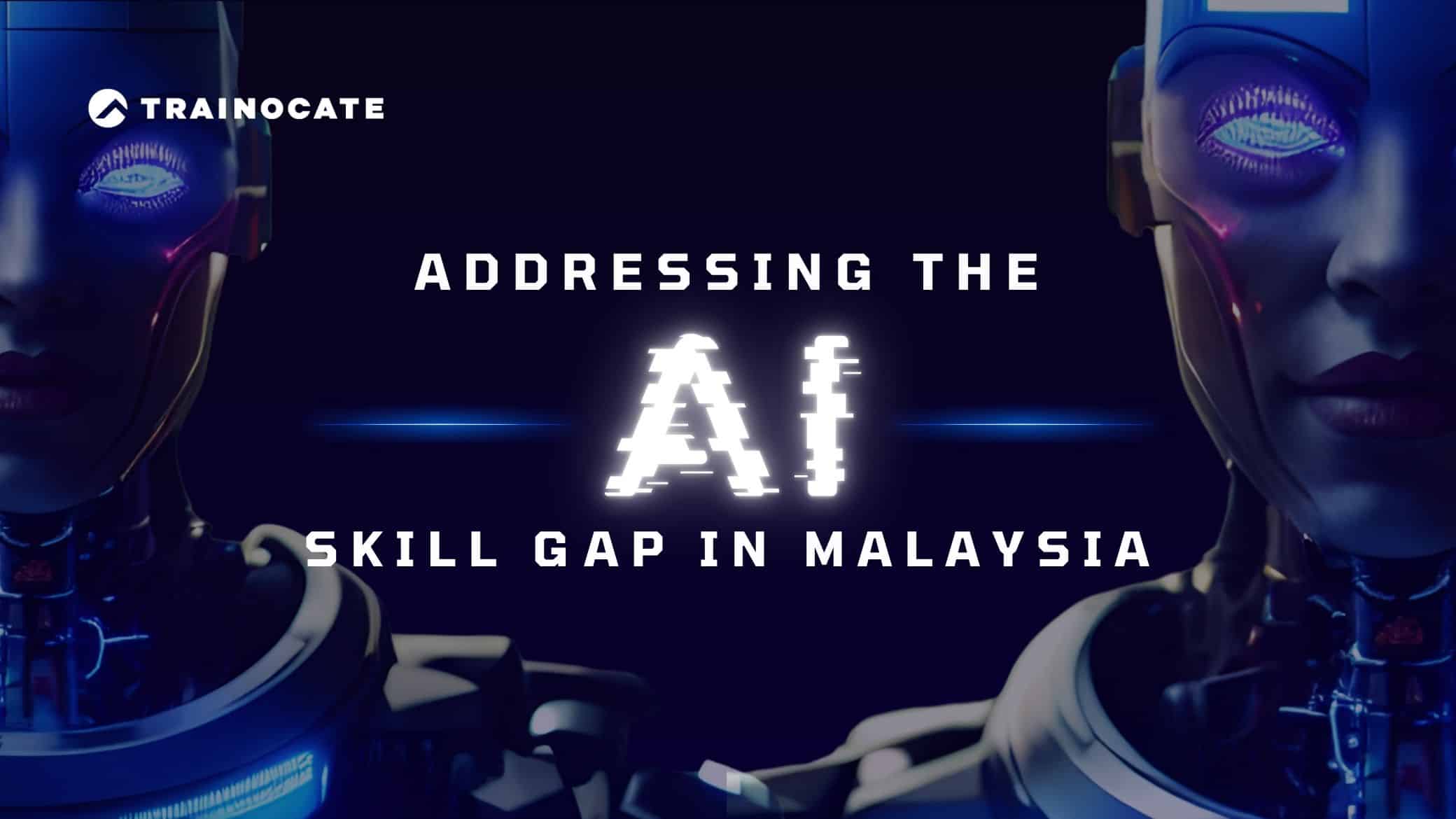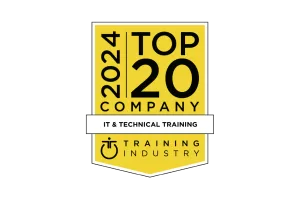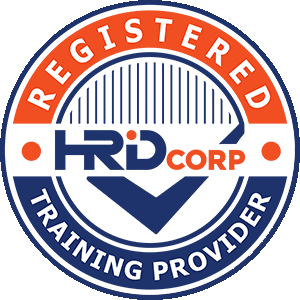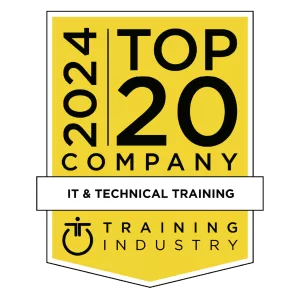The Power of Effective Communication in Malaysia’s IT Projects
The Power of Effective Communication in Malaysia’s IT Projects

Effective Communication Leads to Successful Team Collaboration
Communication skill was indicated as the top-rated critical skill according to a report by HRDF.
In the fast-evolving IT landscape, hard IT skills alone aren’t enough, effective communication skills are vital for aligning team goals and achieving project success. This article offers practical strategies for IT professionals to articulate complex technical concepts clearly and create strong collaborative environments. From honing essential communication skills to integrating cutting-edge tools, discover the pathways to improve your effective communication and drive your team toward shared victories.
Essential Communication Skills for IT Professionals
In the realm of IT, communication is more than just an exchange of words. It’s the process of exchanging ideas, thoughts, opinions, and data with clarity and purpose. It encompasses verbal and non-verbal forms, as well as written, visual, and listening methods. IT professionals need to master the 5 Cs of effective communication:
- Clear
- Correct
- Complete
- Concise
- Compassionate
Choosing the right medium or platform for communication is crucial to ensure it is intuitive and appropriate for the situation and audience. Understanding your audience and their characteristics and preferences significantly affects how they interpret and engage with the communication. This is particularly true in the IT field, where complex technical concepts need to be effectively conveyed to a diverse range of stakeholders.
01
Active Listening
Active listening is a critical skill for IT professionals. It involves:
- Giving full attention in a communication exchange, which is vital in understanding your audience’s needs and desires.
- Paying attention to body language.
- Providing verbal acknowledgments.
- Maintaining an open and non-judgmental mindset.
- These techniques can help bolster active listening and promote positive body language.
These techniques can help bolster active listening and promote positive body language. The ‘Pause-Reflect-Respond’ model enhances active listening by promoting a pause to clear mental and emotional distractions, reflection on the speaker’s message, and a considered response. Active listening is particularly vital in ensuring clear understanding within cross-cultural IT project teams, helping team members to clarify doubts and prevent miscommunications.
02
Clear Writing
Clear writing in IT ensures that technical concepts are understandable not only to IT professionals but also to a broader audience that might not possess technical expertise. This skill is fundamental for creating technical documentation such as manuals, guides, and reports that serve as reference materials for a variety of stakeholders.
Achieving clarity in writing within the IT field involves using simple language, avoiding jargon, and providing examples. A user-centered approach in writing takes into account the needs and understanding levels of the target audience, thereby improving the overall clarity of communication.
03
Effective Speaking
Effective speaking influences project outcomes, leadership perception, and team motivation, and allows IT professionals to articulate their ideas clearly in various settings. Key techniques for successful speaking in IT include organizing material effectively, understanding the audience, practicing the speech, and using appropriate audiovisual aids.
Storytelling in presentations can make complex technical information relatable and memorable, enhancing the speaker’s connection with the audience. As the saying goes, “people will forget what you said, people will forget what you did, but people will never forget how you made them feel.”
Overcoming Communication Barriers in IT Projects
In the world of IT projects, communication barriers can be the stumbling blocks that turn a smooth project road into a bumpy ride. These obstacles can range from cultural differences, language barriers, to the complexities of remote work. But fear not! The key to overcoming these barriers lies in understanding their nature and implementing effective strategies to navigate through them.
Prioritizing transparency in communication within IT teams is essential for avoiding time-consuming revisions and keeping projects on track.

01
Cultural Differences
In the global IT landscape, cultural differences can pose substantial communication barriers. The first step towards addressing these is acknowledging the existence of a language barrier and making necessary adjustments in team communication strategies. Utilizing a common business language, such as English, while being mindful of language proficiency levels, facilitates better communication in international IT teams.
Simplifying messages, avoiding slang, and using clear language ensure communication is understood by all team members. Recognizing the fear and reluctance that may come with using a non-native language, and fostering a supportive environment where team members can confidently communicate without fear of judgment or exhibiting negative body language, is crucial.
02
Remote Work Challenges
As the world shifts towards remote work, new communication challenges emerge. Establishing regular meeting times that accommodate various time zones ensures all remote team members can participate without inconvenience. Setting guidelines and protocols for remote IT teams helps maintain consistency, define work hours, and clarify communication expectations.
Using video conferencing software enables collaboration and reduces travel time, acting as a key tool for remote and hybrid teams. Some strategies for effectively managing remote teams include:
- Regular feedback for remote employees to help them feel valued and motivated
- Virtual team building activities to build trust among team members
- Maintaining transparent communication, including scheduled check-ins and progress reports.
These strategies are especially important for remote IT teams.
Tools and Technologies for Effective IT Team Communication
In the digital age, the right tools and technologies can make the difference between a communication breakdown and a well-oiled communication machine. Team communication tools are vital for organizing communications, tracking work progress, and preventing the loss of information, especially as teams grow. From Google Workspace to ProofHub, modern tools offer features including file sharing, message history, channels, calls, and integrations to enhance IT team communication.
The adoption of these modern communication tools leads to increased productivity, streamlined collaboration, and facilitates remote and asynchronous communication, knowledge sharing, and integrations with other apps. When selecting communication tools for remote IT teams, factors such as ease of use for a better user experience, access across multiple devices, the ability to handle growing needs, and cost-effectiveness are key considerations.

01
Project Management Platforms
Project management platforms play a pivotal role in effective team communication and collaboration, providing tools and features to maintain transparent workflows and enhance accountability. Some popular project management platforms include:
- Asana: Helps teams track project progress and collaborate via transparent workflow visualization.
- Trello: Provides a visual way to organize and prioritize tasks.
- Monday.com: Offers additional automation features and task views.
These platforms can greatly improve company operations, team productivity, and project management.
Advanced platforms like Forecast leverage AI for smart scheduling, while solutions like Kintone offer no-code app development capabilities, and platforms such as ClickUp aim to consolidate various productivity tools into one.
In summary, the diverse range of project management platforms, each with their unique set of features, helps IT teams to improve their communication efficiency and collaboration irrespective of their geographical location or industry sector.
02
Messaging Apps
Messaging apps have emerged as a vital communication tool in the IT industry. Some popular platforms include:
- Slack: Provides features such as channels for various topics, direct messaging, and file sharing.
- Microsoft Teams: Integrated with Office 365, offers a suite of messaging, meeting, and collaboration tools.
- Pumble: A free alternative with channels, threads, and video meeting capabilities.
These messaging apps can greatly enhance communication and collaboration within teams by utilizing direct messages.
There are also secure communication apps like Brosix IM, which focus on secure communication with end-to-end encryption, and Chanty, which boasts unlimited messaging history and the ‘Teambook’ for organizing conversations. When selecting a messaging app, align it with team requirements for features, integration capabilities, and security measures, as no one-size-fits-all solution exists.
03
Video Conferencing Tools
Video conferencing platforms are the virtual meeting rooms of the modern IT industry. Some popular platforms include:
These platforms offer features ranging from high-quality video and audio, screen sharing, collaboration tools to integration with other productivity tools.
Using visual aids like diagrams, presentations, and other visual communication tools during video conferencing can improve comprehension and overcome language barriers in multi-lingual teams. Moreover, regular use of video conferencing can offset the lack of in-person interaction, fostering a sense of camaraderie among dispersed team members and enabling more effective communication of project details.
Success Stories: The Impact of Effective Communication on Malaysian IT Projects
The significance of effective communication becomes truly tangible when we delve into real-life success stories. In the Malaysian IT industry, there are numerous instances where strategic use of effective communication led to impressive project outcomes. Two case studies are from Syabas and Sekolah Sri Cempaka, where the ability to communicate effectively led to the successful resolution of issues in IT projects.

Case Study 01
In one IT project in Malaysia, the integration of clear objectives, collaborative efforts, and strategic project planning, with communication playing a pivotal role, led to a successful outcome. Regular stand-up meetings, use of a centralized project management platform, and establishing a clear communication protocol were key strategies that contributed to efficient team collaboration.
Cross-functional business communication was fostered through dedicated channels, facilitating open discussions and prompt resolution of issues. The project’s success was marked by on-time delivery, adherence to budget, and high customer satisfaction, all underpinned by the effective communication practices established within the team.
Case Study 02
In another project, the IT team faced a critical programming sprint with complex technical issues. Regular meeting schedules were established, creating opportunities for the team to discuss progress and challenges in a timely manner. Open channels of communication were maintained, ensuring information flowed effectively between team members and departments.
The effective use of a project management platform, which included task management features, aided in keeping the team organized and communication transparent. The team managed to successfully overcome complex technical issues due to the effectiveness of their communication setup, leading to the project being completed on time and meeting all its objectives.
Fostering a Culture of Open Communication in IT Teams
Embracing and leveraging the diversity of experiences, perspectives, and skills within a team can lead to increased creativity and problem-solving in IT projects, fostering a culture of open communication. This culture of openness can be nurtured by developing cultural intelligence among IT project managers to adapt and interact with individuals from diverse backgrounds and enhance team communication.
Communication skills training programs in Malaysia, focusing on effective interaction, assertiveness, and conflict resolution, contribute significantly to both individual and organizational success through improved communication. As the saying goes, “The art of communication is the language of leadership.”
01
Encouraging Feedback
Feedback is a powerful tool in IT projects. It:
- Expedites processes
- Helps team members grow
- Leads to stronger results
- Can build trust amongst teams
Creating a feedback-safe environment is crucial; employees need to trust that they can give honest feedback without facing negative consequences.
A balance of positive and corrective feedback is necessary to promote growth and acknowledge employee contributions effectively. Companies can encourage a feedback-friendly environment by asking for feedback, increasing feedback opportunities, and recognizing efforts and achievements. Transparency within IT teams can be enhanced by setting clear expectations around feedback, including who gives it, who receives it, and the goals behind it.
02
Promoting Transparency
Transparency is a key pillar of effective communication. Leaders play a critical role in promoting transparency by modeling strong feedback principles and setting the tone from the top of the organization. Clear and honest communication, modeled by team leads through transparent feedback, sets the standard for everyday workplace communication within the team.
Writing clearly promotes transparency and accountability within IT teams, as it ensures that all team members are on the same page regarding tasks, goals, and project updates. Providing various channels for feedback, such as face-to-face, written, or through feedback software, can accommodate different preferences and situations, promoting a culture of openness.
Enhancing Communication Skills: Resources and Opportunities in Malaysia
Improving communication skills is a continuous journey. IT professionals can leverage various resources and opportunities to enhance their communication skills. Practice is key to improving communication skills. Improving active listening can be achieved by seeking opportunities to listen, asking for feedback on listening skills, and engaging with learning resources like books, podcasts, and courses.
Trainocate Malaysia works with various partners like AMA to offer live virtual and in-person communication courses in Malaysia, designed to improve professional communication across various platforms. Whether you’re a seasoned IT professional or a newcomer to the field, these resources can provide you with valuable insights and techniques to take your communication skills to the next level. Here’s a few recommended trainings you can look into.

Recommended Trainings
→
AMA-2204: Expanding Your Influence: Understanding the Psychology of Persuasion
Over 2 days, delve into the art of persuasion and influence. Uncover psychological triggers and learn to apply them in various business scenarios. This course not only teaches you to ethically persuade others but also equips you with defenses against manipulation, enhancing your negotiation and leadership skills.
→
AMA-2206: How to Communicate with Diplomacy, Tact, and Credibility
This 2-day seminar focuses on refining your communication skills to enhance your professional image. Learn to navigate complex conversations with diplomacy and tact while maintaining credibility. You’ll gain insights into effective communication styles and strategies, essential for career advancement and professional interactions.
→
AMA-2235: Building Better Work Relationships: New Techniques for Results-Oriented Communication
In this 3-day course, learn to harness the power of diverse work relationships. Develop your interpersonal skills, understand different communication styles, and engage in result-oriented conversations. This training is vital for those looking to enhance collaboration and achieve goals through improved workplace relationships.
→
AMA-5535: Strategic Sales Negotiations
This 2-day course is designed to give you a competitive edge in sales negotiations. Equip yourself with advanced tactics to influence buyer perceptions and effectively counter negotiation strategies. This training is key for sales professionals looking to improve their negotiation skills and close deals successfully.
Summary
We have embarked on an enlightening journey into the realm of IT communication, exploring key techniques, overcoming barriers, and harnessing modern tools. We’ve delved into real-life success stories that showcase the power of effective communication in driving successful project outcomes.
The key takeaway is that effective communication is not just about exchanging information; it’s about understanding the emotion and intentions behind the information. It’s about empowering people by providing clarity to your thoughts and ensuring they understand the idea behind your message. As the saying goes, “Communication – the human connection – is the key to personal and career success.”








